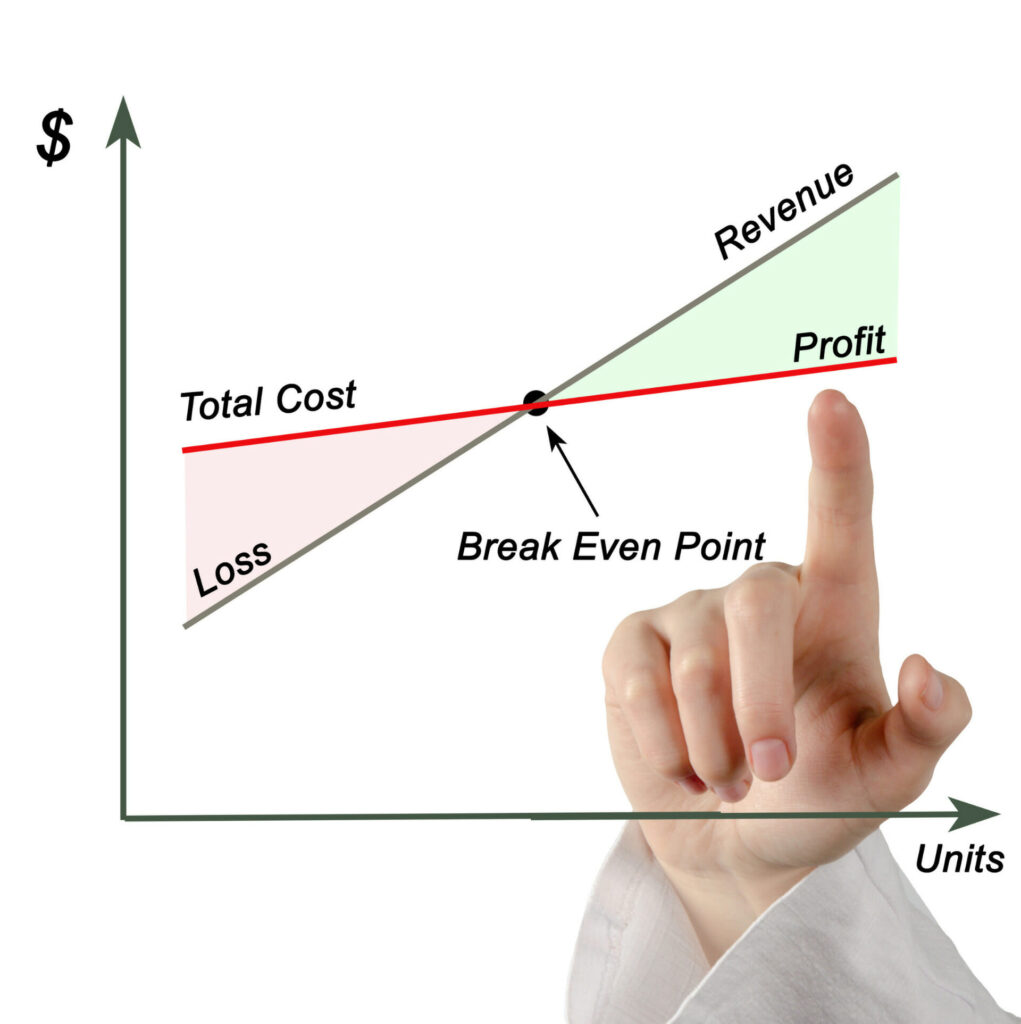Out of the three primary financial statements, we have already covered the balance sheet, which represents the value of your business at a specific point in time. This article focuses on the income statement, which outlines the profitability of your organization over a period of time.
As a business owner, it is critical to read and analyze data from the income statement. Not only can you determine your company’s current financial health, but this understanding can also help you predict future opportunities, optimize business strategy, and create meaningful goals for your team.
Understanding the Income Statement
The income statement or profit and loss (P&L) illustrates how much income your business makes or loses during a period. The result is either a profit or a loss by subtracting expenses, possibly including cost of goods sold (COGS), from the total revenue.
The core function of the income statement is to disclose the company’s net income by comparing these profits and losses.
Business owners can refer to this statement to reveal if the business is spending more than they earn and the effectiveness of new strategies. Based on their analysis, owners can determine if they will generate more profit by increasing revenue or decreasing costs.
Income Statement Format
An income statement should include all of the following line items:
-
- Total revenue: Revenue or operating income is your company’s income from its normal business operations.
- Cost of goods sold (optiona: COGS is the direct cost your company pays to make the product it sells, including the raw material and labor costs. Service companies don’t typically include this section.
- Gross profit: Gross profit is the net sales minus the total cost of goods sold. This metric shows how much a company would have made had it not incurred other expenses.
- Gains: Gain results from selling appreciated assets that cause an increase in an organization’s income. This number differs from regular revenue and is often found in a separate section near the bottom called “Other Income.”
- Itemized expenses: All income statements should have a detailed list of individual expense categories. To calculate their operating profits, some companies separate their expenses into operating costs and non-operating expenses.
- Earnings before tax (EBT): This measures a company’s financial performance prior to paying tax. EBT is calculated by subtracting non-tax expenses from income.
- Net profit: Your company’s net profit is the gross profit minus expenses and is the final line on your income statement.
Depending on industry and company policies, these components may be further divided into individual line items by project, product line, or department.
Analysis
It’s important to know how to analyze an income statement as it can reveal the profit structure of your business and can highlight which line items need more attention.
From top to bottom, reading an income statement can be divided into three sections: top, middle, and bottom. The top section is related to revenue and sometimes includes costs directly associated with generating that revenue.
The middle section provides information on the money going out, and this section lists expenses like marketing, depreciation, and research that aren’t necessarily direct inputs for what is sold.
Finally, the income statement’s bottom section is the net income, which represents your company’s financial performance during a specific reporting period.
Finally, lenders or investors can analyze an income statement by completing a vertical and horizontal analysis.
-
- Vertical Analysis – This method compares one line item to another. For example, you can determine how a specific product may affect cash flow. Using vertical analysis, one can observe where a business may be overspending and which line items most contributed to profit margins.
-
- Horizontal Analysis – This analysis compares the same figures across two or more time frames, which is useful in spotting trends. For instance, reviewing a company’s consistent growth over time can predict how well that business will perform in the months or years to come.
The Bottom Line
An income statement provides valuable insights into various aspects of a business. As a business owner, you can understand the organization’s operations, the efficiency of its management, and potentially spot problem areas.
The income statement is also an excellent benchmarking tool to see how your business stacks up to other companies within the same industry. You can determine if your costs are high for the revenue you bring in, and you can also ascertain if your profitability is worse, better or similar to other firms who sell the same goods or services.
In conjunction with the statement of cash flows and the balance sheet, income statements help management understand the complete picture of a company’s financial results to determine its value and forecast its trajectory.
Ready to increase the efficiency of your business by automating your financial statements? Take FINSYNC for a test drive with a free 7-day trial.























